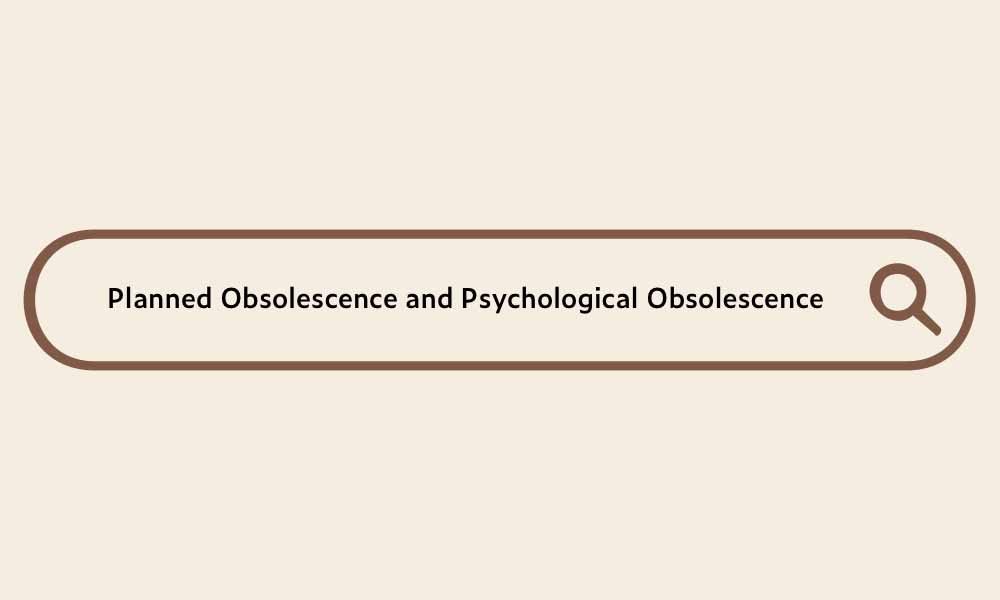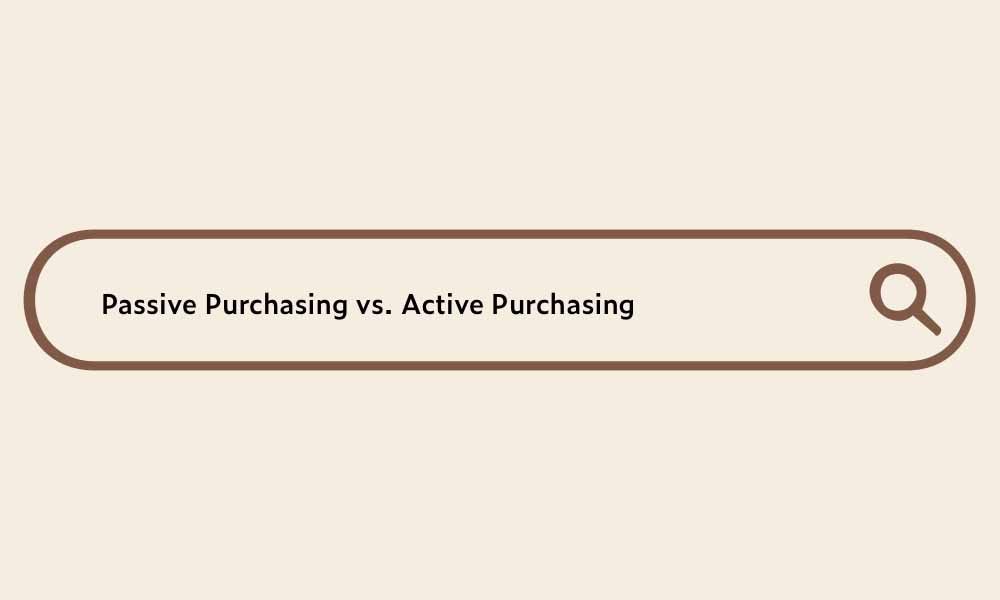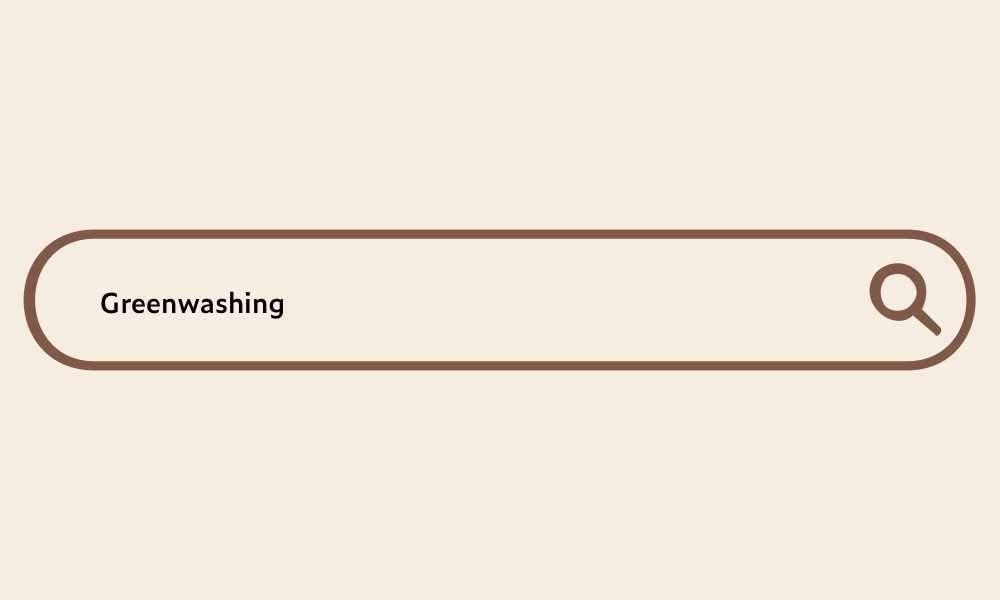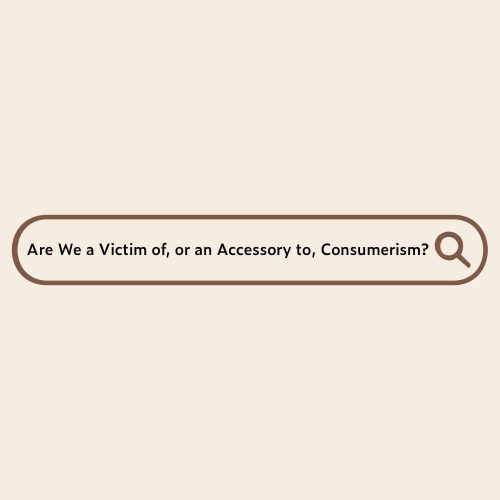この記事は日本語でも読めます。メニューにある Switch to JP ボタンを押してください。
This article is also available in Japanese. Please hit the Switch to JP button in the menu.
I have been surrounded by stuff all my life, and I have always had easy access to (mostly) anything I wanted.
Raised in a well-off family in a big city, there were always a lot of toys, books, and knickknacks growing up. As I got older, despite owning enough already, more and more new stuff built up in my room. This accumulation was driven by my wants, not my needs. I got my first job when I was in college, and began to spend my own money, which continued and in fact accelerated after I graduated from school and started working full time in my early twenties.
I have definitely been living in a consumerist society. After spending seven years in NYC, one of the meccas of capitalism, I started to truly see the ways money moves from one place to another.
Cheap and expensive exist side by side in this city, with some cases that are beyond extreme. After obtaining my second business-related degree at Parsons School of Design, I started working as a professional, paying taxes, and living financially independently in NYC. It felt sexy to become a small part of this huge system.
Recently, however, I no longer feel that way. I have grown more conscious and mindful about my spending as a consumer. What do I want to exchange my money for? Where does my money go? How can I use my money wisely?
As I became acquainted with sustainable and ethical living, and grew familiar with the general concepts of the circular economy and Doughnut Economics, I encountered one of the first things that we have to tackle – the current consumer economic system that is based off mass production and mass consumption.
Looking back at my consumerism-centric life, most things I obtained were mass produced. I was taking part in mass consumerism.
I thought it was unavoidable. Whether I was using my parents’ money or my own money, I saw my spending as normal – without even realizing that I was extraordinarily privileged, especially financially (although, I feel absolutely grateful to my parents for constantly supporting me and providing me with what I wanted).
There are numerous reasons why mass production and mass consumption are problematic. In general, resources are being overused as if they were infinite. Nature is being contaminated and destroyed. Labor is exploited without regard for human rights, and things are cast away in the end. This cycle repeats in an enormous scale and at a high speed. After having pursued endless revenue growth and convenience for decades, humans are facing a climate crisis and human rights issues, with no end in sight.
“I thought it was unavoidable, so I couldn’t help it.” This way of thinking sounds like I consider myself as a victim of the system. At the same time, I live with eco-guilt, which makes me think I am an accomplice that encouraged and perpetuated the system. Which one am I, actually?
I have organized my thoughts regarding where I stand as a consumer, in order to understand if we are a victim of, or an accomplice to, consumerism. I would also like to address how we should approach future solutions, while questioning if this is even a crime to begin with.

Planned Obsolescence
When we talk about the shift from a linear economy to a circular economy, planned obsolescence is one of the first things that we should eliminate.
According to The Economist, planned obsolescence is defined as below.
Planned obsolescence is a business strategy in which the obsolescence (the process of becoming obsolete—that is, unfashionable or no longer usable) of a product is planned and built into it from its conception. This is done so that in future the consumer feels a need to purchase new products and services that the manufacturer brings out as replacements for the old ones.
Planned Obsolescence (The Economist)
Although some people argue that this is a conspiracy theory, this troubling strategy was implemented by the light bulb industry. It was built upon the idea that the industry can sell more light bulbs if they have a short product life. It is said that in the 1920’s, the industry started the Phoebus Cartel, where businesses agreed to only produce bulbs that don’t last longer than a thousand hours. There was even a fine in the cartel for breaking the agreement.
For a history of planned obsolescence and the Phoebus Cartel, please listen to the NPR Planet Money Podcast, “Episode 902: The Phoebus Cartel”.

“Episode 902: The Phoebus Cartel”
What the h… The whole industry united and decided to make bulbs that intentionally become obsolete?? It sounds like nonsense, however, this has been a normal practice in many other industries ever since. Smartphones are a good example. After a year or so, a phone’s battery starts to drain quicker, and system updates start to slow the phone down. I believe I’m not the only one who has experienced these annoyances. Also called “built-in obsolescence”, these issues are incorporated by design. Not only smartphones but also computers, cameras, and home appliances have similar issues. When they have problems, it is difficult to replace broken parts, and it is often easier and faster to buy a brand new item, and also sometimes cheaper. This structure, replacing rather than repairing, is also part of planned obsolescence.
Another issue of planned obsolescence is that it limits progress. Instead of encouraging companies to make light bulbs that last longer, are more energy efficient, and provide safe light, it focuses on producing low-quality bulbs simply for profit.
Because planned obsolescence works best when combined with mass production, various products became accessible to more people, lowering market prices driven by economies of scale and inferior design. Although it increased access to a larger amount of products for most people, and provided more employment in manufacturing, the price we pay for obsolescence is too high.
Planned obsolescence is pervasive. It is avoidable, but doing so is challenging. We have great alternatives for smartphones, for example, that employ circular economy concepts, such as Fairphone. Materials are sustainably and ethically sourced, the assembly is simple, and the parts are replaceable. Plus, every element of the phone can be circulated after use. It sheds a bright light on the future, but it is yet to be widely accessible in the general market.
Are we a victim of, or an accessory to,
planned obsolescence?
We are a victim (I would say)
Psychological Obsolescence
In addition to planned obsolescence, there is another type of obsolescence – psychological. This is also mentioned in the Planet Money podcast, referring to the automobile industry back in the 1920’s. GM started releasing new cars in a short span, that seemed “even cooler than the previous ones.” They did so in order to (literally) drive demand and repeat business. This MO, which relies on people’s psychological need to have the latest and greatest, has expanded into other car manufacturers as well as different industries.
Money Planet quotes the fundamental theory of psychological obsolescence from Giles Slade’s “Made to Break (Technology and Obsolescence in America).”
The last part of the psychology in psychological obsolescence has to do with something that marketers and advertising writers began doing in the 1920s – selling products based on pride and shame.
“Made to Break (Technology and Obsolescence in America)” Giles Slade
Smartphones embrace psychological obsolescence, in addition to planned obsolescence. New models are released almost every year, and always have attention-getting wow factors. The camera quality is improved, the screen becomes more clear and vibrant, and new functions such as health control and productivity management are added, all wrapped up in a new, sleek design. A new shiny phone makes my phone, which was brand new several months ago, look dated and uncool.
The same goes with fast fashion, or fashion in general. Something new and trendy comes out constantly, making people want to wear it. A video that I watched in a class at Parsons, “The Story of Stuff“, tells how fashion trends affect our psychology and demand.
In this video, they use footwear trends to explain perceived obsolescence. Why can the skinny heels that were popular last year be, all of a sudden, not fashionable this year when chunky heels are in? This phenomena lets you want the shoes of the current year, even though you like the ones you already own (and let’s face it, you probably already have enough pairs).
Both smartphones and high heels illustrate how marketing manipulates our desire, controlling our pride and shame. In that sense, the industries and the system are to blame. At the same time, however, the consumer plays a role because it largely depends on their own perspective and mindset.
Are we a victim of, or an accessory to,
psychological obsolescence?
It’s up to each individual’s awareness
These obsolescence concepts contribute greatly to our current consumerism. The good news is that, in a circular economy, these are completely out of our way. There, we develop longevity and circulation, and make everything accessible for as many people as possible (and everyone, eventually). Some may say it’s too optimistic, but this is how things should be, rather than systems based on obsolescence at least.

After reviewing the act of purchasing through the lens of obsolescence (planned or psychological), I realized that our purchase behavior is more passive than active, driven by external forces.
Ads featured in papers, magazines, buses, and subways, and on TV used to exert a lot influence, and the desire these ads generated occurred during our daily life activities. Now, we also have marketing techniques such as PR and sponsorships that float across social media and YouTube videos, which can also create desire unconsciously as we peruse miscellaneous content.
Regardless of the forms of advertisement and marketing, information reaches us. Influencer marketing in particular has a unique method of communication, where audiences receive informative messages combined with a personal touch. As a result, we may have stopped doing our own research on the things we want to purchase, and simply accept the claims and information told to us by influencers.
Gradually, before we knew it, our purchasing has become more passive than active, sitting around and waiting to be informed, and accepting marketing messages as “research.”
I was listening to “Poet Wilson Oryema – What to Do About Consumerism?“, an episode from Wardrobe Crisis by Clare Press, where Wilson Oryema, a British poet, film creator, (half-retired) model, and environment activist, is interviewed. From this episode, I have come to realize one interesting thing regarding our purchase behavior.

“Poet Wilson Oryema – What to Do About Consumerism?”
As Wilson also mentioned in the interview with Ssense, “Wilson Oryema: Anti-Consumerist Margiela Muse,” he considers himself as a “walking contradiction.” Although he walked the runway for Maison Margiela, seemingly in support of the business of fashion, his activism relates to anti-(mass) consumerism. His intention is to get these two notions closer. He writes poetry and films documentaries to show the environmental impact of the fashion industry, and also co-founded Regenerative Future to bring this awareness to younger demographics.
Contradicting? Superficial? Maybe, but I simply wanted to understand his ambition, when I unexpectedly came across a unique juxtaposition between poetry and shopping.
He writes and publishes his poems. He writes about how to interact with objects and his surroundings. People actively want to read his poems in order to receive his message.
Oh, why don’t we shop the same way we read poems? Why don’t we choose what to buy just like how we choose which poems to read?
This is something that we have forgotten probably because of our busy lifestyle and the overwhelming marketing. We can definitely start over and be more actively involved in decision making now.
Are we a victim of, or an accessory to,
passive purchasing?
We are an unaware accomplice

So far, we have discussed different factors that are a byproduct of mass production and mass consumption. The last topic is something that is a byproduct of consumers awareness – greenwashing.
The Guardian defines greenwashing as follows.
Greenwash is exposing the exaggeration, absurd claims or downright lies that big business makes about its green credentials.
Greenwash (The Guardian)
There have been more and more completely disappointing greenwashing examples nowadays, as sustainability becomes mainstream and trendy. However, although there ARE total failures, greenwashing criteria can differ depending on the person who evaluates them, just as the criteria of sustainability vary.
With that being said, I would like to call out the marketing tactics that are unforgivably dishonest and misleading.
“Product made with sustainable material” -> It’s only a minor portion of the whole product.
“Line of sustainable collection” ->It’s only a minor part of the whole business.
“Product made with all natural ingredients” -> Natural can mean nothing; it’s not even organic; the whole ingredient list is not publicized.
“We plant trees” -> No information on their ecological footprint and no intention to offset their carbon emission.
However, because they all sound like there’s a good cause and intention on the surface, a large audience, who is conscious but not informed, can be misled.
Well, recycled sounds better (than not).
Oh, sustainable sounds better (than not).
I guess natural sounds better (than not).
Hmm, planting trees sounds better (than not).
I find this to be very problematic and dangerous. If it’s just superficial, then it’s meaningless. If this is to add some market value, but not to truly face and tackle the issues, it is greenwashing. In some cases, greenwashing could work together with psychological obsolescence. Let’s say there’s a new greenwashing line of products promoted as sustainable. Now, since people think sustainable is new and cool, they may be intrigued by the marketing and purchase them, without considering if they really need them.
Consumers need to take into consideration that businesses may play the sustainability card only to make a profit. Because words such as “sustainable”, “ethical”, “eco-friendly”, etc., draw more and more attention now, industries take advantage of misinformed consumers and greenwash their businesses.
In this current status quo, businesses may seem guilty, but I actually don’t think that way. Greenwashing occurs because consumers are (supposed to be) more educated than ever before, and better aware of the issues. Therefore, we are accountable. We can’t stop doing our research just because we heard the buzzwords we like. We have to dig deeper. If you wish to participate, you need to do your part responsibly.
We may have already failed as consumers due to obsolescence and manipulated communication, but now we finally have to acknowledge the issues. We can’t afford to make more mistakes and continue negative practices.
Even though we don’t have a universal evaluation system of sustainability, each individual can apply their own standards by employing a true understanding and pursuit of sustainability.
Are we a victim of, or an accessory to,
greenwashing?
We can possibly be an accomplice

The point of this article so far is to determine if we are a victim or an accomplice when it comes to consumerism, but lastly, I would like to discuss if consumerism is even a crime to begin with.
The current system has caused tremendous damage to the planet, animals, and humans. That is an undeniable fact.
However, our priority now is to come up with solutions, not to chase the wrongdoers. It is crucial to determine the problems, but we don’t have the time and energy to spend on arguing or blaming corporations, governments, and consumers.
Our focus now is to work together. We can all be leaders for a better future, and we need the system to do so.
I am not a scientist, researcher, economist, or policymaker, but I have my part to do as an individual, and so does everyone else. Just like each choice and action of individuals has created the current system, we can pour that energy into a new, positive movement, and shift to a new normal system.
I am appreciative that you read this long and wordy article until the end. It makes my day that we are part of a team that together can make progress for a better future.
この記事は日本語でも読めます。メニューにある Switch to JP ボタンを押してください。
This article is also available in Japanese. Please hit the Switch to JP button in the menu.




